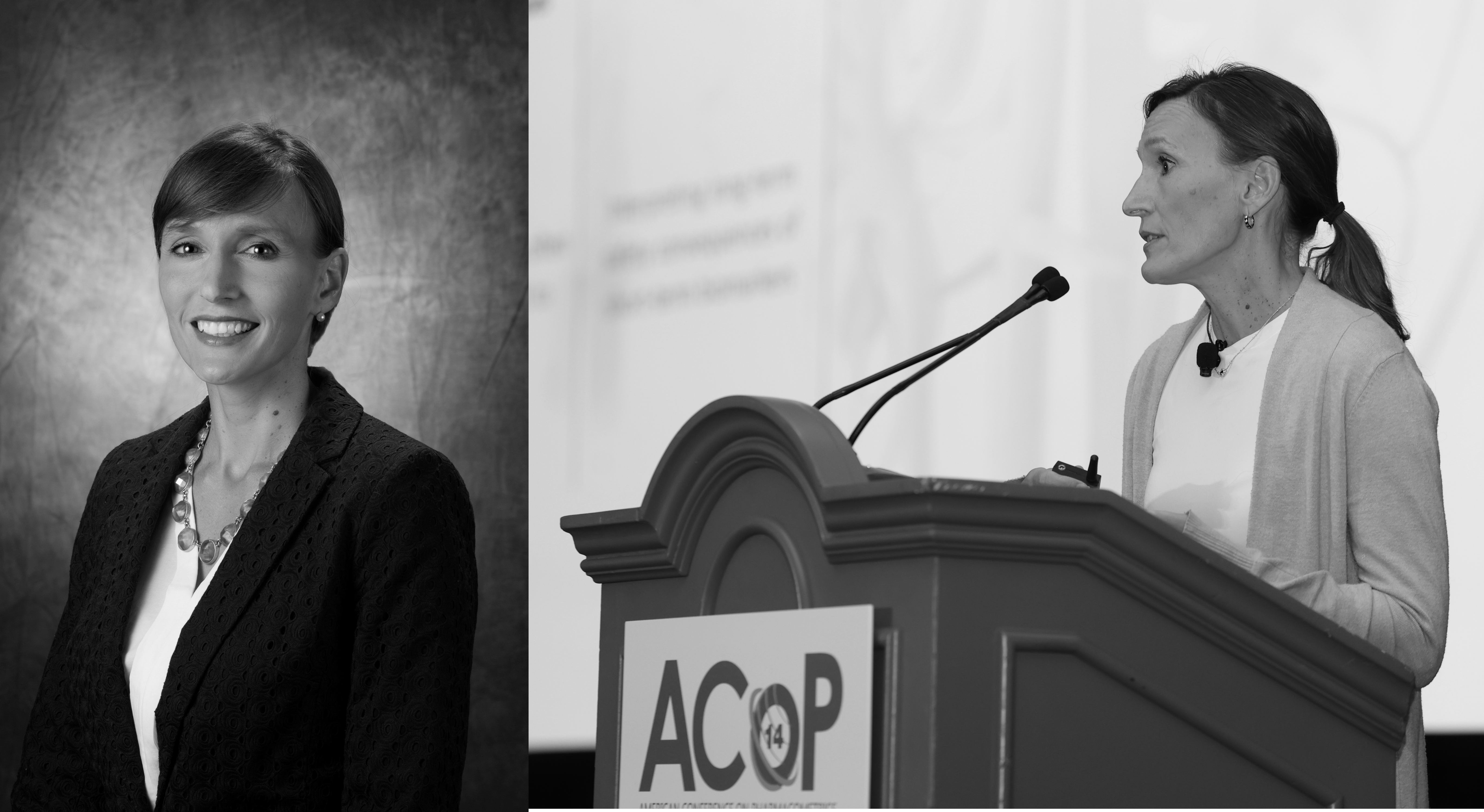Our Vision
Cardiorenal QSP aims to be the leading drug-development partner for cardiorenal mechanistic modeling. We believe precision models, when grounded in our best understanding of physiology and decades of experimental and clinical data, can bridge translational gaps and reveal effects that trial data alone may miss.
What Makes Us Unique
Deep Kidney Expertise
- 16+ years modeling kidney physiology
- Deep QSP focus on kidney, integrated with cardiac & vascular systems
- Core models are peer reviewed and continuously validated
Unmatched Mechanistic Modeling
- Multi-scale modeling from molecular mechanisms to whole-organ physiology
- Links PK-PD to clinical biomarkers via hormones, transport, hemodynamics, and flow dynamics
Proven Impact in Drug Development
- Long-term pharma collaborations with proven success
- We understand timelines, regulatory expectations, and the practical needs of R&D teams

K. Melissa Hallow, Ph.D.
Founder & Principal Consultant
Melissa Hallow is a leading expert in Cardiorenal Quantitative Systems Pharmacology (QSP) with 16+ years of experience helping pharmaceutical companies integrate mechanistic knowledge and data to drive more informed decisions.
She earned her PhD in Mechanical Engineering from Georgia Tech and began her career in QSP modeling at Novartis. She then spent 11 years on faculty in the College of Engineering at the University of Georgia, where she led a research group that developed, validated, and published state-of-the-art models of cardiorenal function. She has collaborated with pharmaceutical partners to apply these models across the drug development pipeline - from early development to post-marketing.
Melissa is recognized internationally for her contributions to the field and was honored as the State-of-the-Art Keynote Lecturer at the American Conference on Pharmacometrics (ACOP). Through Cardiorenal QSP, LLC, Melissa now partners directly with companies to accelerate development of therapies targeting complex cardiorenal mechanisms.
Key Experience
- PhD in Mechanical Engineering, Georgia Tech
- 16+ years in pharmaceutical modeling and simulation
- 11 years leading academic research in cardiorenal modeling
- Expert in Cardiorenal Drug Development and mechanistic modeling
Building on a Legacy of Scientific Discovery
Our modeling platforms stand on the shoulders of decades of computational, experimental, and clinical research. The insights we provide today are made possible by the painstaking work of countless dedicated scientists who have advanced our understanding of renal and cardiovascular physiology.
Scientific Foundations
Academic Modelers
These computational scientists paved the way for the models we use.
Arthur C. Guyton
Physiologist and Pioneer of Mathematical Modeling
Key Publication: Guyton, A. C., et al. (1972). "Circulation: Overall Regulation" Annual Review of Physiology
F. Karaaslan
Computational Physiologist
Key Publication: Karaaslan F, Denizhan Y, Kayserilioglu A, Gulcur HO. Long-term mathematical model involving renal sympathetic nerve activity, arterial pressure, and sodium excretion. Ann Biomed Eng. 2005 Nov;33(11):1607-30. doi: 10.1007/s10439-005-5976-4. PMID: 16341927.
P. Bovendeerd & T. Arts
Cardiovascular Modelers
Key Publication: Bovendeerd, P. H., Borsje, P., Arts, T., and van, D. V. (2006). Dependence of intramyocardial pressure and coronary flow on ventricular loading and contractility: a model study. Ann. Biomed. Eng. 34, 1833–1845. doi: 10.1007/s10439-006-9189-2
A. Weinstein
Renal Physiologist
Key Publication: Weinstein, A., et al. (2007). "Mathematical model of renal function" Journal of Mathematical Biology
MJ Lazzara & WM Deen
Renal Transport Modelers
Key Publication: Lazzara MJ, Deen WM. Model of albumin reabsorption in the proximal tubule. Am J Physiol Renal Physiol. 2007 Jan;292(1):F430-9. doi: 10.1152/ajprenal.00010.2006. Epub 2006 Sep 5. PMID: 16954345.
Salem & Cabrera
Cardiac Metabolism Modelers
Key Publication: Salem, J.E., Saidel, G.M., Stanley, W.C. et al. Mechanistic Model of Myocardial Energy Metabolism Under Normal and Ischemic Conditions. Annals of Biomedical Engineering 30, 202–216 (2002). https://doi.org/10.1114/1.1454133
Cardiorenal Modeling Community
Anita Layton, Robert Hester, Aurelie Edwards, John Osborn, John Clemmer, Owen Richfield, and others
Physiologists and Clinical Scientists
This is an incomplete list of scientists whose experimental and clinical studies inform our models.
Physiologists:
Peter Bie, Arthur Guyton, Barry Brenner, John Hall, JP Granger, Roland Blantz, Scott Thomson, Donald Kohan, Gabriel Navar, Jennifer Pollock, GL Bakris, Olga Schmidlin, RC Morris, T Kurtz, JN Bech, CB Nielsen, EB Petersen, RG Dluhy, GH Williams, B Dussol, Christopher Wilcox, TN Acosta-Barrios, GT McInnes, Chris Baylis, Kirk Conrad, J Nussberger, HR Brunner, M Burnier, GA MacGregor, Y Aito, K Nakao, H Imura, AJ Reyes, WP Leary, K Yamamoto, CM Ferrario
Clinical Scientists:
Hiddo Lambers-Heerspink, Barry Borlaug, Margaret Redfield, Michael Brands, John McMurray, Jonathan Murrow, Milton Packer, Scott Solomon, Marc A. Pfeffer, Eugene Braunwald, Peter Rossing
Industry Contributors
Our technology was shaped through deep collaboration with industry scientists, whose contributions were central to the model’s relevance, robustness, and translational value.
Early model development and first publications: Novartis and Entelos
Pharmaceutical sponsors of Academic research: AstraZeneca, Eli Lilly, Takeda, Pfizer, Merck
Companies listed here contributed to the scientific development of the modeling framework. Inclusion does not imply endorsement.
University of Georgia
Key elements of the platform were developed at University of Georgia, with support from:
- Institutional research infrastructure
- Interdisciplinary academic collaborations
- Funded partnerships with industry
This phase enabled the publication of foundational studies in quantitative systems pharmacology and fostered the training of junior researchers whose contributions are reflected in the current model.
Selected Publications
In Memoriam
Esteemed Colleague, a Champion of Cardiorenal QSP, and Dear Friend.
Yeshi Gebremichael, PhD
1965 – 2025
